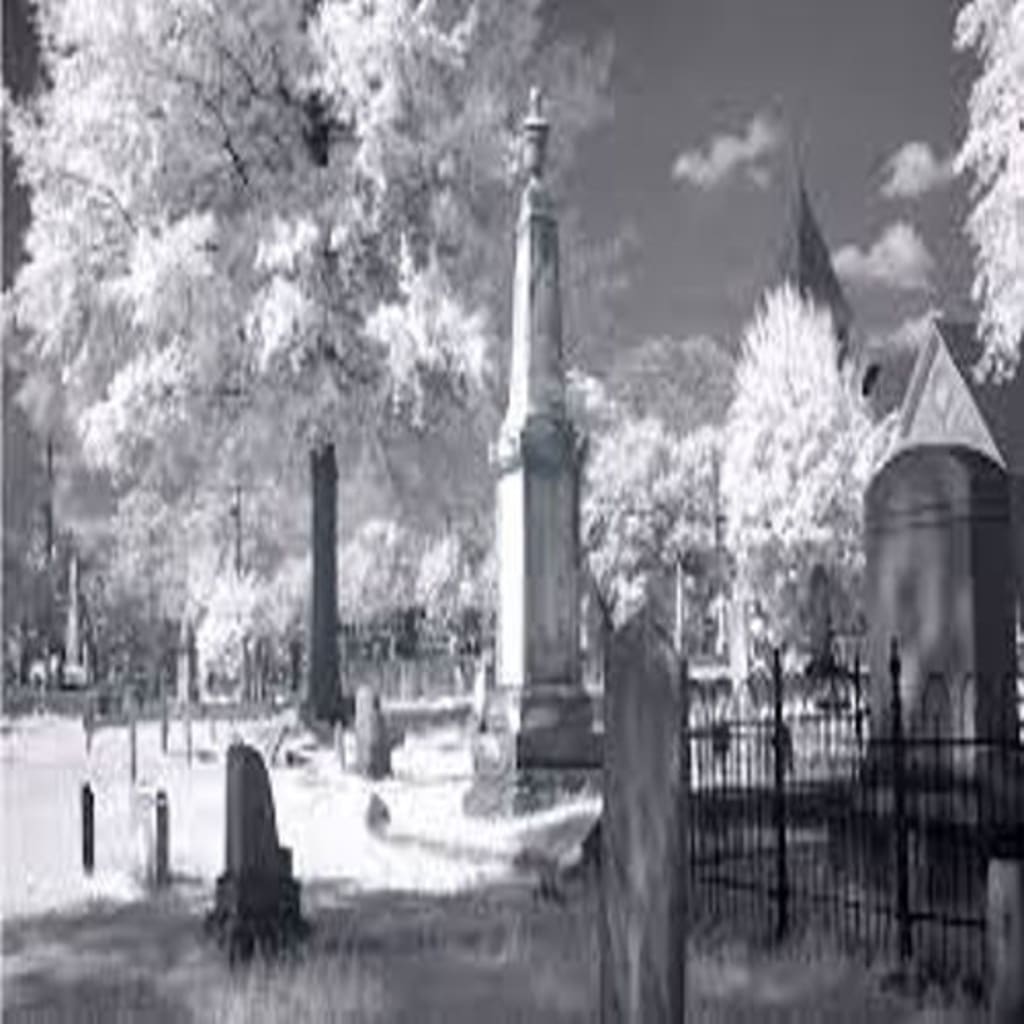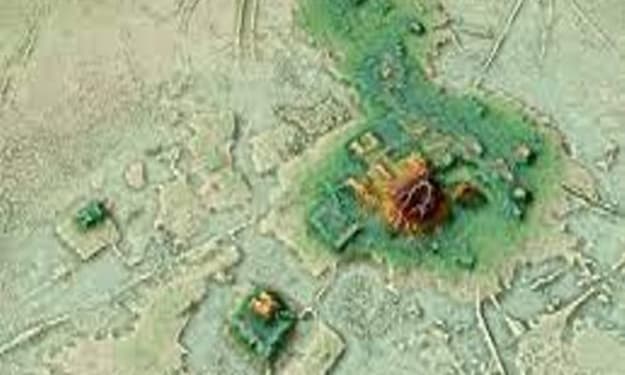History of Graveyards
The Evolution of Our Final Resting Places

When we think of cemeteries, a vivid imagery of spindly trees, rusted gates, crumbling stones, and solitary mourners often comes to mind. These places evoke a sense of quiet solitude and remembrance. However, it is fascinating to delve into the history of cemeteries and discover that they were not always such somber locales. In fact, not too long ago, many burial grounds were lively places, adorned with blooming gardens, and frequented by crowds of people strolling among the headstones. How did our cemeteries transform from vibrant hubs to the tranquil resting places we know today? To understand this transformation, we must embark on a journey through time, exploring the evolution of burial practices and the cultural shifts that have shaped our cemeteries.
The concept of cemeteries as we know them today is a relatively recent development in human history. For most of our ancient ancestors, burying the dead was not the norm. Instead, they had a multitude of ways to part with their departed loved ones. Some were left in caves, others placed in trees or on mountaintops. Some were even ceremonially cannibalized or cremated. While these practices may seem peculiar by today's standards, they all served as means to venerate the deceased.
Contrary to modern burials that aim to honor the dead, the first known burials, which date back approximately 120,000 years, were likely reserved for societal transgressors, effectively excluding them from the customary rites associated with honoring the departed. However, these early burials demonstrated certain advantages over other practices. They provided protection for the deceased from scavengers and the harsh elements, while also shielding loved ones from the distressing sight of decay. These benefits may have gradually shifted ancient perspectives towards graves designed to commemorate the dead, leading to the increased prevalence of burial practices. In some instances, these graves contained practical or ritualistic objects, hinting at a belief in an afterlife.
The emergence of communal burials marked a pivotal moment in the evolution of cemeteries. These communal burial grounds began to appear in North Africa and West Asia around 10 to 15,000 years ago, coinciding with the establishment of the first permanent settlements in these regions. These burial sites served as permanent locations for remembering and honoring the deceased. For example, the nomadic Scythians scattered the steppes with grave mounds known as kurgans, while the Etruscans constructed vast necropoles with grid-patterned streets lined with tombs. In Rome, subterranean catacombs housed both cremation urns and intact remains. It was during this period that the term "cemetery," derived from the Greek word for "sleeping chamber," was first coined. The Greeks constructed tombs in graveyards at the outskirts of their cities.
During the medieval era in European cities, Christian churchyards provided rare open spaces that accommodated the deceased but also hosted markets, fairs, and other public events. Surprisingly, farmers even grazed their cattle in these churchyards, believing that the grass growing in graveyards resulted in sweeter milk. However, as cities burgeoned during the industrial revolution, large suburban cemeteries began to replace the smaller urban churchyards. Cemeteries like the 110-acre Père-Lachaise in Paris or the 72-acre Mt. Auburn in Cambridge, Massachusetts, emerged as lushly landscaped gardens adorned with sculpted stones and ornate tombs. What was once a luxury reserved for the affluent and powerful gradually became accessible to the middle and working classes. People started visiting cemeteries not just for funerals but also for anniversaries, holidays, or simply to enjoy a leisurely afternoon outdoors.
By the late 19th century, as public parks and botanical gardens began to proliferate, cemeteries began to witness a decline in visitors. The once-bustling places of remembrance were slowly losing their appeal. However, in recent times, many old cemeteries are making efforts to lure visitors back by offering guided tours, hosting concerts, and other attractions that encourage engagement with their rich history and cultural significance.
Yet, even as we strive to revive old cemeteries, we find ourselves at a crossroads in the way we approach burial practices. Major metropolises like London, New York, and Hong Kong are grappling with the issue of limited burial space. Even in areas where space is not as constrained, traditional burial consumes valuable land that could otherwise be used for cultivation or development. Moreover, the environmental impact of conventional burial methods is drawing increasing scrutiny. The materials used in graves, such as metal, stone, and concrete, can have detrimental effects on the environment, while toxic chemicals used in embalming can pollute soil and groundwater.
As a response to these concerns, people are exploring alternative methods of disposition. Cremation, a more conventional option, is gaining popularity, along with related practices such as scattering ashes at sea. However, a wave of innovative and unconventional options has emerged. Some individuals choose to have their remains launched into space, while others opt for a more eco-friendly approach, like using their ashes to fertilize a tree. Some even take it a step further by transforming their remains into jewelry, fireworks, or tattoo ink. These alternative practices not only address the environmental issues associated with traditional burial but also provide individuals with unique and personalized ways to be remembered.
In the future, these alternative methods may replace traditional burials altogether, redefining how we remember and honor the departed. Cemeteries, which have long been our most familiar monuments to the deceased, could undergo a transformation of their own. The evolution of burial practices and our changing relationship with death reflect the ever-evolving nature of human culture and society.
In conclusion, cemeteries, from their ancient origins to their modern-day manifestations, offer a fascinating glimpse into the evolution of human beliefs and cultural practices surrounding death. What began as a means to protect the deceased from scavengers and the elements has evolved into a complex tapestry of remembrance, reflecting our changing perspectives on death, the afterlife, and the environment. As we stand at the crossroads of tradition and innovation, the future of cemeteries remains uncertain, but one thing is clear: our approach to honoring the departed will continue to adapt and evolve with the passage of time.
About the Creator
Enjoyed the story? Support the Creator.
Subscribe for free to receive all their stories in your feed. You could also pledge your support or give them a one-off tip, letting them know you appreciate their work.





Comments
There are no comments for this story
Be the first to respond and start the conversation.